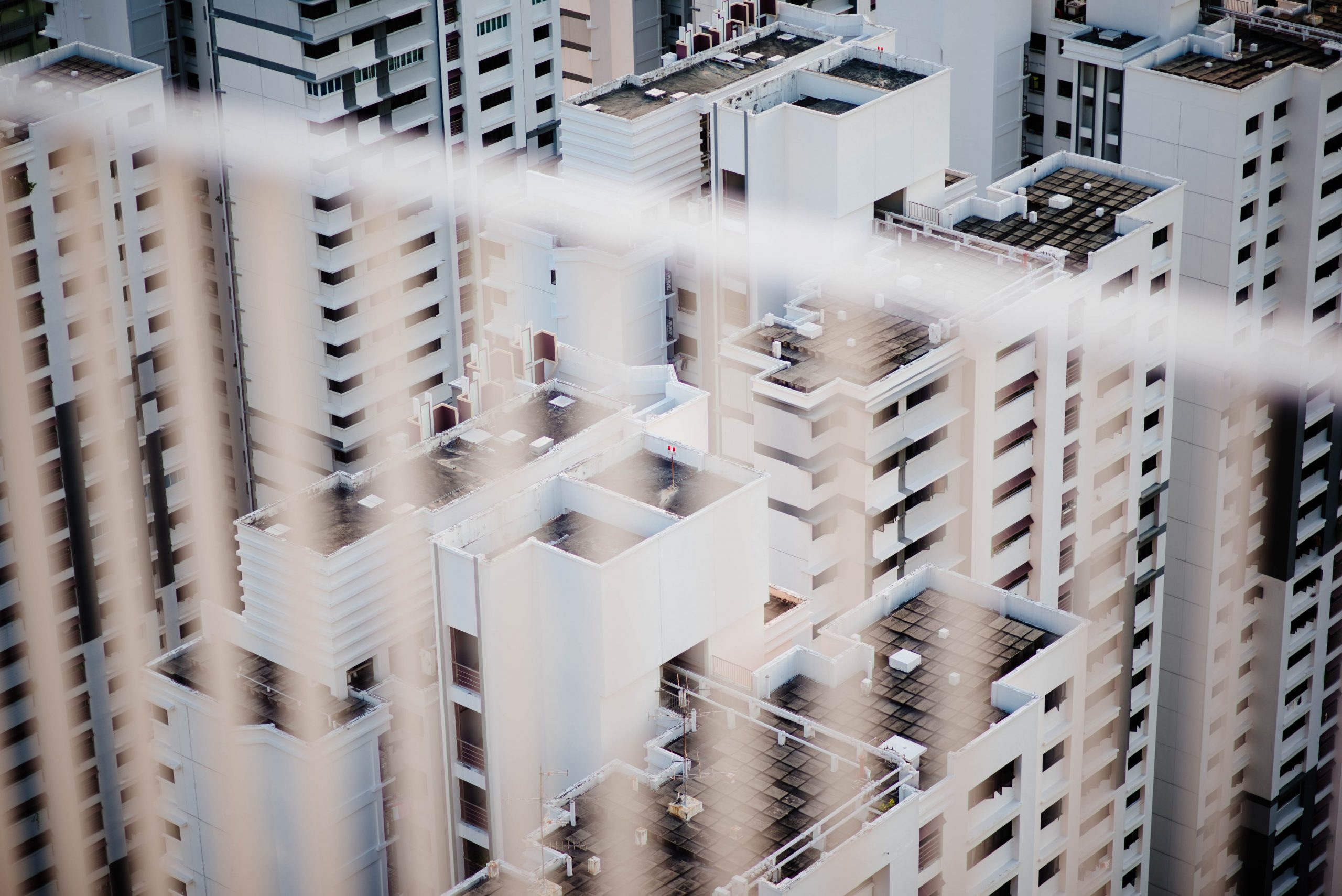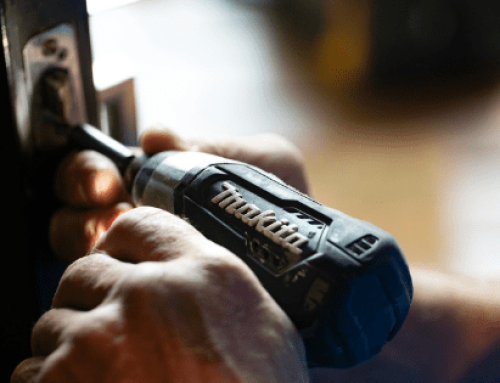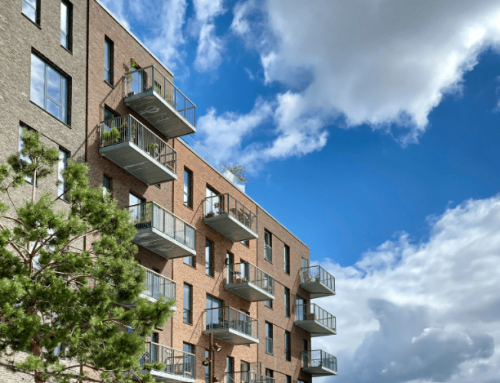One of the most important responsibilities of a Residential block managing agent, such as Scanlans Property Management, is to ensure that the properties they are managing are compliant with up to date Health and Safety regulations. These responsibilities also apply to Resident Management Companies (RMC), including Right to Manage Companies (RTMC), although if they appoint a reputable block management agent, they should ensure compliance.
Health and Safety regulations first and foremost protect the health and safety of the residents living in the property, any visitors to the property, and any persons employed in the property. Due to their nature, it is imperative that they are adhered to.
Whilst in exceptional circumstances leaseholders may voice objections to costs which relate to work undertaken in order to comply with health and safety regulations, block managers must not fail to comply with any regulations. The costs and consequences of an accident or injury occurring would be far greater in the absence of adhering to stringent health and safety guidelines.
In the event of block managers needing to spend large amounts of service charge funds to ensure the block was compliant, in most cases the terms of the lease will allow block managers to recover the costs of carrying out health and safety measures from the full service charge or any reserve funds.
What regulations apply to blocks of flats?
There are nine areas of health and safety regulations that apply for risk assessments related to blocks of flats. At Scanlans, we ensure that we adhere to all regulations. Use this guide to check that your residential block managing agent are carrying out the correct health and safety procedures:
1. Risk Assessment for Communal Areas
The Management of Health & Safety at Work Regulations (1999) makes it a legal requirement that all blocks of flats must have health and safety risk assessments carried out in their communal areas.
Communal areas relate to the internal or external parts of the property that residents frequent, for example gardens and common areas. Other external parts of the building classed as communal areas are also the roof, lift motor rooms, plant rooms, and grounds.
Communal area health and safety regulations protect not only the wellbeing of residents and visitors using the areas, but also extend to the protection of employees. If contractors, like cleaners or gardeners, maintain those areas a risk assessment must be present as they are entering what is classified as a workplace.
If no staff are employed at the block, there is no legal requirement to keep a record of completed risk assessments. However, without a record, if an accident was to occur and the manager had no evidence of a prior risk assessment being undertaken, a prosecution for negligence would have a strong chance of succeeding. Therefore maintaining records of risk assessments is advised.
Risk assessments are strongly advised to be reviewed at least annually.
2. Fire Safety Regulations
The 2005 Regulatory Reform Fire Safety Order, otherwise known as RRO, requires either block managers, employers or tenants to undertake, action and uphold firerisk assessments (FRAs).
Individual flats are not included within the RRO but instead all non-domestic areas of the premises, including communal areas or other shared parts of blocks of flats are. This means these areas could be inspected by the local Fire Authority who can implement compliant requirements wherever necessary. If such measures were needed, managers could face fines and prosecution for failing to comply by health and safety guidelines.
The sole requirement of the RRO is that suitable and sufficient fire risk assessments are undertaken that identify and ensure satisfactory fire hazard precautions and procedures to protect the safety of all occupants, visitors, and employees of the property.
A fire risk assessment must be viewed as an ever-evolving document, susceptible to regular update and review. Revisions should take place when changes have, or are about to, be undertaken regarding the size, use, occupation and layout of the block and in particular applies when any physical alterations take place in communal areas. Areas of high importance that the risk assessment should take into account are:
- The safety of residents , employees and visitors within the building
- Flammable materials and subsequent ignition sources
- Well fitted, correctly working smoke detectors
- Adequately equipped fire-fighting equipment, like extinguishers
- Maintenance of construction that resists smoke and fire, like fire doors
- Any escape routes, fire exits and evacuation procedures
3. Working at Height Risk Assessment
The 2005 Work at Height Regulation prevents injury and unnecessary loss of life caused by falls from height.
This applies to block and property managers because block managers should both arrange and supervise employees or contractors that work at height, like window cleaners or builders.
Under the Work at Height regulation, any work at height activity that has been arranged must be properly planned, supervised and undertaken by suitable people. This includes the use of any relevant equipment needed when carrying out the work.
If it is practical for the work to be carried out in another way, working at height should be avoided. If it cannot be, block managers must assess how the work can be undertaken at the least risk. Works could include changing light bulbs, window or other fascia or soffit cleaning, and the clearing of gutters.
4. Electrical Safety
Electrical equipment that block managers supply to communal areas and for contractors or employees, for example, cleaners or builders, must be tested, maintained and marked as safe to use.
Electrical equipment must be marked with the correct CE symbol and instruction manuals should always also be supplied. A CE marking means the manufacturer has declared the equipment meets safety requirements of EC directives. When recommended by the Electrical Safety Council (ESC), any visual inspections and additional formal tests should also be undertaken.
Block managers are also required to fix wiring and test portable electrical equipment in communal areas to ensure they comply with 1989 Electricity at Work Regulations. In addition, block managers must arrange for the regular inspection and maintenance of lifts within the block, a requirement supplied by the 1998 Lifting Operation and Lifting Equipment Regulations.
5. Gas Safety
Under the 1998 Gas Safety Regulations of Installation and Use, block managers have a responsibility at all times to ensure all gas appliances, fittings and flues are well maintained and in a safe condition.
The three particular areas of responsibilities are:
- Maintenance: All appliances, flues and pipework should be well maintained and in a safe condition. All gas appliances should be regularly serviced in line with manufacturer recommended guidelines. If these aren’t available, a Gas Safe registered engineer should service them annually.
- Gas safety checks: Annually, a safety check must be undertaken on all gas appliances and flues, making sure that appliances and fittings are safe to use.
- Records: Leaseholders and tenants must be provided with records of annual gas safety checks within 28 days of their completion. New occupiers must be given a copy of this record in their orientation. Block managers must retain copies of gas safety records for two years.
Only Gas Safe registered engineers should carry out maintenance and safety checks. Leaseholders or tenants that have their own gas appliances not supplied by the block manager are responsible for the maintenance of the appliance, but not the pipework which falls under the responsibility of the block manager.
Landlords must inform leaseholders and tenants where to turn the gas off and of any procedures in the event of a gas based emergency.
6. Legionella
Legionella is a bacteria that is commonly found in water systems. The bacteria can go on to cause Legionnaires’ disease, lung inflammation caused by the infection.
Block managers have responsibilities to assess and control the risks of exposure to legionella in taps, tanks and water pipes in communal areas.
Block managers must monitor the quality of water supplied if the water supply to individual properties or communal areas does not come directly from the water provider, or if there are communal tanks, in order to meet the requirements.
Cold water tanks, taps and showers within individual flats fall under leaseholder responsibility, unless the lease states that the block manager has a responsibility to maintain them.
Risk assessments should be arranged by block managers, and experts must be employed to undertake these. If any risks are identified, a written action plan should be produced and kept by the manager and this should be reviewed annually.
7. Asbestos
Block managers possess a duty to identify any materials containing asbestos in communal areas of blocks of flats. Commonly, these are roofs and main structures of the building.
Actioning asbestos surveys identify whether asbestos is present in the building, and if it is of a dangerous level.
If it is found, block managers must keep a register and enact a policy for its management and control. Asbestos is considered more dangerous to remove than to leave undisturbed, however, any contractors carrying out works in or on the building must be informed that asbestos is present.
8. Control of Substances Hazardous to Health (COSHH)
COSHH assessments identify the hazards and risks incurred from encountering substances in the areas of flats where any staff work or visit. Hazardous substances commonly at risk of exposure in communal areas of blocks of flats are materials and chemicals used for either cleaning or gardening. Pest control measures also fall under the purview of COSHH assessments, as they involve the handling and application of substances to manage pests effectively.
A hazard risk is not limited to substances solely labelled as hazardous.
Hazardous substances can include:
- Paints and adhesives used directly in works on the building
- Fumes and particles produced during works on the building
- Excessive dust and bacteria that are naturally occurring
All block managers have a duty to assess the risks from these materials. Whilst many materials display labels that list potential hazards, it is the duty of the block manager to ultimately decide what, if any, instructions need to be given to anyone handling the materials, as well as advising on the wearing of any protective clothing if necessary.
If external contractors are supplying their own materials, block managers still must obtain a COSHH risk statement from the contractor to ensure the assessment has been completed.
9. Reporting of Injuries, Diseases and Dangerous Occurrences Regulations (RIDDOR)
RIDDOR requirements mean that severe or serious work related accidents, disease outbreaks and dangerous or life threatening occurrences must be reported and recorded. These include deaths at a workplace, major injuries sustained by accidents at the workplace, injuries to members of the public that require hospital admission, and injuries incurred from accidents.
In addition the regulations state that registered gas fitters must report badly maintained and dangerous gas installations or equipment.
If a block manager uses the services of a contractor to undertake work at a block of flats, it remains their responsibility to report any occurrences to the contractor. The same responsibility applies if members of the public suffer minor or severe injuries at, or on the blocks premises.
Reports of fatal or serious injuries should be reported to the national incident centre, and tenants or leaseholders must be aware that the block manager is required to report accidents of all natures to the Health and Safety Executive (HSE) website.
Here at Scanlans, our health and safety services can check over blocks of any size to ensure they are compliant with health and safety regulations. In addition, our years of experience spent supporting and advising block managers will put your block at reduced risk of incurring fines through straying from advisory guidelines. For a free consultation, get in touch with us today.










[…] managers must ensure compliance with property health and safety regulations. Property managers protect a number of key areas including lifts, gates, stairways, lighting, fire […]
[…] Read More: The Block Managers Guide to Block Management Health & Safety Regulations […]
[…] Related Reading: A Guide to Block Management Health and Safety Regulations […]
[…] Read more about block management health and safety regulations in our guide, here. […]
[…] In the event of a pest infestation, residents must be notified immediately as stated in health and safety regulations. For more, read our compiled list of the health and safety regulations that block managers must abide by. […]